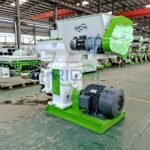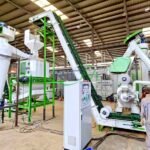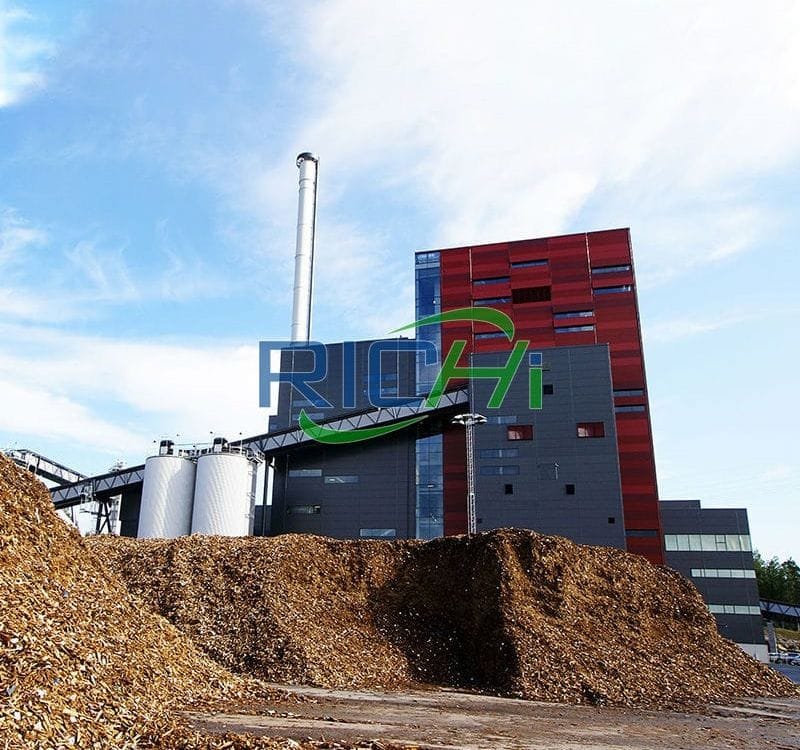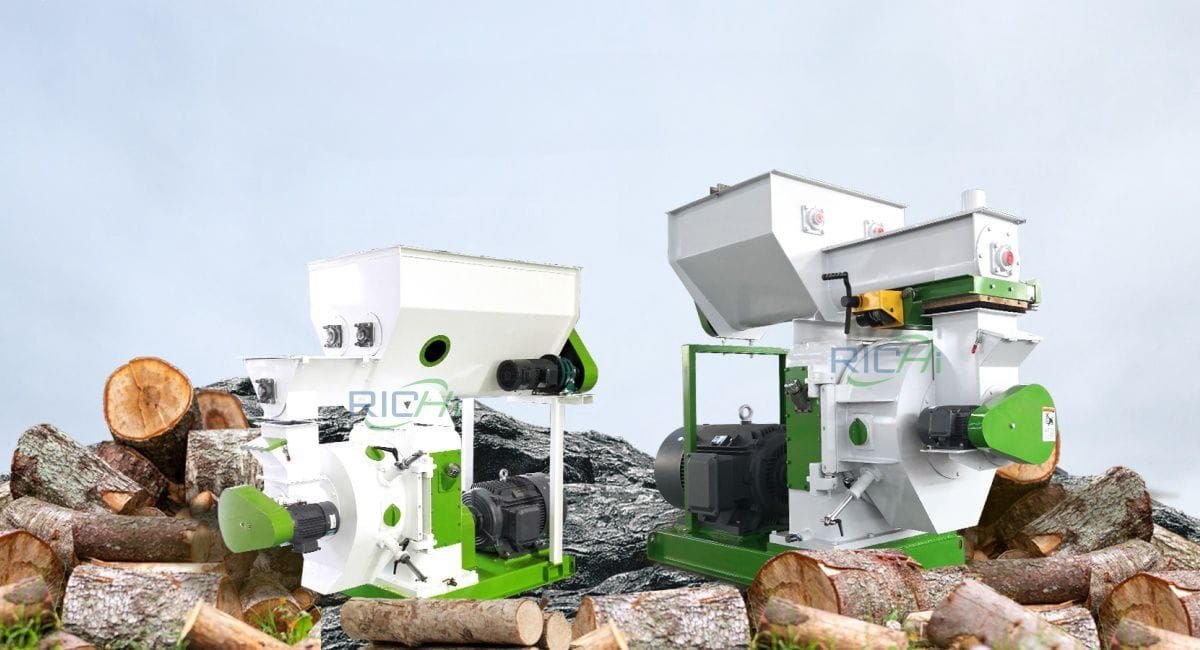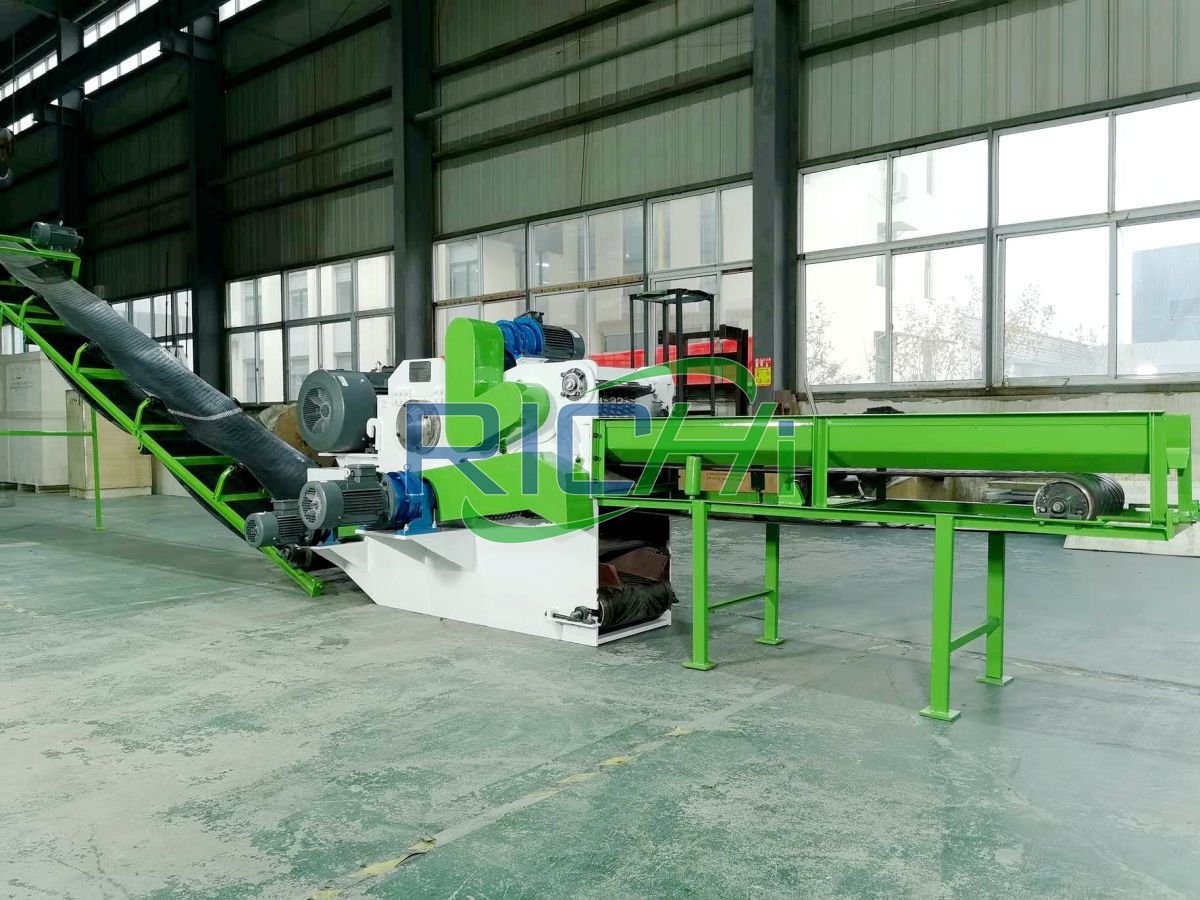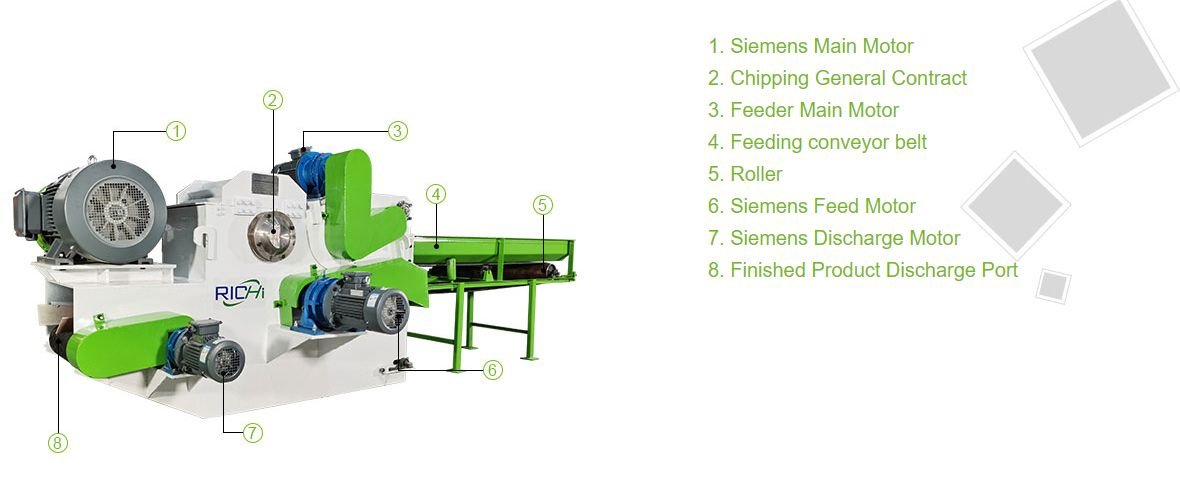Wood pellet manufacturing plants rely on a variety of raw materials to produce high-quality pellets for renewable energy. Here’s a breakdown of the main raw materials needed:
Wood Residues from Forestry and Wood Processing Industries:
- Sawdust
- Wood shavings
- Wood chips
- Bark
- Twigs
- Wood dust
- Waste wood from wood processing and wood-based panel industries
Agricultural Residues and Crop Wastes:
- Crop straws (wheat, rice, maize, cotton, etc.)
- Peanut shells
- Rice husks
- Corn stalks
- Bagasse
- Grass
- Alfalfa
- Leaves
- Empty fruit bunches (EFB) from the oil palm industry
Other Biomass Materials:
- Waste papers
- Household garbage (combustible fraction)
Key requirements for raw materials include maintaining a moisture content between 14-20%, ideally around 12%, and ensuring the size is less than 5mm or smaller than the pellet size. It’s noteworthy that additional binders are typically unnecessary, as the natural lignin in biomass acts as a binder. (Related post: https://www.richipelletmachine.com/turnkey-wood-pellet-mill/)
Preprocessing of raw materials may be necessary, involving drying, size reduction using hammer mills, chippers, or crushers, and sometimes mixing different materials together to optimize pelletizing properties.
Wood pellet plants have the flexibility to utilize a diverse range of biomass feedstocks from forestry, agriculture, and other industries. This versatility allows for resource optimization and sustainable production of wood pellets as a renewable energy source.


